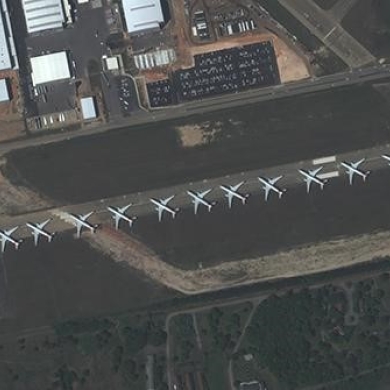24 avril 2020
What To Watch For As A&D Companies Plan Future With COVID-19
Michael Bruno April 21, 2020 Companies have good quarters and bad quarters, but rarely does a whole industry sound like it just got sucker-punched. That's what the next few weeks will be like in the aerospace and defense sector, and for sure there will be headlines describing industrial carnage as the industry gasps for air and works to recover after COVID-19. The truth is the aerospace and defense (A&D) supply chain suddenly is far too large for what is needed, maybe by a quarter or a third of excess capacity. As a result, quick or methodical cutbacks in manufacturing and services are expected throughout the syndicates that make airliners, business jets and other aircraft. As public companies report their latest quarterly financial results in late April and May, they will have to address the year ahead and offer insight into their response plans. Unfortunately, business as usual prior to COVID-19 is not expected until 2022 or later, according to numerous analysts and advisors. And that is just too long to carry extra financial costs, which means all levels will feel pain. “The COVID-19 decline is a serious risk for commercial OEM plays—Boeing, Spirit AeroSystems, Allegheny Technologies, Hexcel, Howmet Aerospace, Triumph Group and Carpenter Technology,” Cowen analysts say. “Aftermarket ‘relative safe havens' Honeywell International, Heico and TransDigm Group also face stiff near-term headwinds, with more serious risks at General Electric.”

